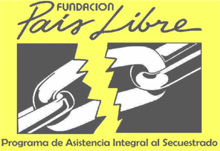At the beginning of July 2008 it was world news: the Colombian Army rescue operation - based on trickery - that set free 15 hostages from their captivity by the guerrilla organization FARC. One of them was Ingrid Betancourt, imprisoned since 2002. In her public appearances after her miraculous liberation Betancourt always points at all those captives left behind. The numbers mentioned in the news and the campaigns around Betancourt were confusing (some campaign posters had the number of 3000 hostages, but that seems to refer to the total number of hostage at the peak of the kidnapping around the year 2000, while the actual number of hostages now according to other sources is to be counted in the hundreds). This made me wonder: "How many kidnapped captives were there, during how many years; how many do remain in captivity; who is imprisoning them for what reasons; what will be their fate in the light of Urbide government policies?" There are plenty of statistics about violence in Colombia that can be found on the Internet, each one of them differing in scope, perspective, and quantities. Colombia has the sad honour to be one of the world champions in the amount of available violence-statistics and that fact has a historical reason. Since the country became an independent state in the early 19th century, at least half a million deathly victims of man-made violence can be counted. The continuous strife and fratricide between 'Liberals' and 'Conservatives' of the upper and middle classes - being often equal in power - produced most of the victims, especially under the rest of the populations caught in their crossfire. A history with decades of civil wars, guerrilla, military and para-military actions plus lots of common crime (Colombia has one of the highest homicide rates in the world). My prelimirary search on the Internet expanded into an extensive research on the representation in statistics and maps of violence in Colombia (set in the context and compared with violence in other countries of the Americas). Beginning with the actual kidnappings and sequestrations a panorama of violence-statistics enfolds - horror cloaked in numbers - that may help to get to an understanding of scale and causes. Such an understanding may point at the whereabouts of the escape exit from the endless spiral of violence in Colombia. Still, violent behaviour seems to be so deeply embedded in Colombian society that the way out might not be found, then... only the embezzled revolutionary slogan of the Latin American continent is fitting - but let me change the last exclamation mark into a question mark, because hope for a better future must remain: ! HASTA LA VIOLENCIA SIEMPRE
![Decline in Number of Kidnappings :: Published in BACK FROM THE BRINK: Evaluating Progress in Colombia, 1999-2007 by <strong>Peter DeShazo, Tanya Primiani, and Phillip McLean</strong> for The Center for Strategic and International Studies <strong>CSIS</strong> (Washingto)<br><br>Illegal armed groups and powerful drug gangs continue to challenge the rule of law in parts of the country. The presence of these violent elements fuels other problems: crime, human rights abuses, poverty, and a weakening of governance. Indeed, during the 1990s, a confluence of highly negative factors threatened to drag the country down. Taken out of context, these challenges might be seen as nearly insurmountable. In fact, however, Colombia's situation in 2007 represents a major improvement over that earlier period.<br><br>Check the website <strong>csisbookstore.org</strong> for a full description of this book.<br><br>Click image to open a new window with this link<br><br><small>[ref. AMSscrp:2008:08:25:001210:33]</small>](images/l_01.png)
![“Everybody is worried about the abductees of the FARC, but nobody remembers them (those kidnapped by the ELN), no one gets upset about them. It is as if nothing happened” says the director of the NGO 'Pais Libre' (<strong>paislibre.org</strong>) in an interview for a Colombian web-site (<strong>colombiareports.com</strong>) on June 27th, a few days before the release of the FARC hostages became world news.<br>The 'Pais Libre' Foundation has its base in Bogotá and exists since 1991, founded by citizens in response to hostages held by the narcotica Czar Pablo Escobar. They research kidnappings and extorsion tby taking hostages, and also assist the victims and their personal circles. The link given here wil download the PDF file of the report “Estadistas secuestro a Septiembre 2007 comparativo”<br><br>The statistic shown here compares three 'classes' of kidnapping: as a means for extorsion: as a way of abduction; and the ones that are still under investigation to be properly qualified. 'Sequestro' is locally called “a Colombian industry.”
<br><br>Click image to open a new window with this link<br><br><small>[ref. AMSscrp:2008:08:25:001210:35]</small>](images/l_02.png)
![Kidnapping by Perpetrators 1994 - 2008 :: Another statistical overview from a September 2007 report by The <strong>Pais Libre Foundation</strong> a NGO based in Bogotá comparing the different perpetrators of kidnapping/hostage taking: dark blue = FARC guerrilla ; light purple = ELN guerrilla ; light blue = Common criminals; deep purple = Paramilitary groups; yellow = Non-established forms of kidnapping. This is a direct link to that report in PDF format.<br><br>Click image to open a new window with this link<br><br><small>[ref. AMSscrp:2008:08:25:001210:34]</small>](images/l_03.png)
![The Colombian Conflict Where is it Heading? (2005) :: <strong>Restrepo, Jorge A.</strong> ; <strong>Spagat, Michael </strong>; <strong>CERAC</strong>; of Javeriana University /CERAC and
Royal Holloway College-University of London. A series of slides for a lecture published also as a PDF file. CERAC maintains a database on the Colombian conflict, 1988 -June 2005., a dataset with more than 21.000 events, including only clear conflict events, that have had a military effect:<br><br>“Roughly half of all guerrilla attacks, including infrastructure attacks and attacks on means of transport, seem aimed mainly at disrupting the economy. This suggests that the guerrillas are not, as is often suggested, just interested in getting rich off drugs. They really do seem to aim for political power, local power in the short run and national power in the long run. Bombings are important because they account for most civilian injuries in the conflict. Massacres, killing at least four defenseless people in one event, have high impact but are a small fraction of all guerrilla attacks.”<br><br>The link given is a similar report concluding: “The data argue that policy should focus on three costly circumstances in the Colombian conflict: massacres by right-wing paramilitaries in rural areas, massacres by left-wing guerrillas in rural areas, and guerrilla bombings in both the biggest urban areas and rural areas.”<br><br>I have added two emblematic 'artistic' pcitures on top of these military portfolios ...<br><br>Click image to open a new window with this link<br><br><small>[ref. AMSscrp:2008:08:25:001210:38]</small>](images/l_04.png)
![Searching for data on violence :: A few decades ago the amount and the detailing of information available in a Western European country about a place in the world on another continent - with the exception of the USA - would be severely limited. To keep abreast of something like the number of violence victims in Columbia needed a specialist with a specialized library at hand and possibilities to travel to the focus of his/her subject. Events selected by international press agencies would come through on a daily basis, but their effect would soon fade away. <br> Opportunities to be informed have changed dramatically in the last decade through the capacity and mobility of electronic data systems. This does not mean that all the data available can easily be found. Billiards of web pages, electronic documents and even whole databases are on-line, that does not mean we can find what we are looking for. As big libraries developed on-line catalogues and so many of them were created that a next level of information, the electronic catalogue of catalogues a 'Catalogus Catalogorum' - like <strong>worldcat.org</strong> - was needed, electronic data managers established a 'metadata' system, supplying information about information. <br> It is by navigating through such layers of metadata and combining these with regular Google searches, that the information sources used in this web page on Colombian violence have been found. This diagram shows the dynamics of such new information systems ...<br><br>Click image to open a new window with this link<br><br><small>[ref. AMSscrp:2008:08:22:001209:32]</small>](images/l_05.png)

![Statistical panorama comparing violence in the Americas :: Already after a brief study of Colombian history - starting from the end of the 19th century - it becomes clear that it is a violent one. After the secession from the Spanish empire the country has had more periods of internal war and strive than of peace. Total estimates run into half a million of deaths from the Comunero Revolt in 1781 till today. <br> While reading about Colombia the question rose “but how does this compare with other countries in the Americas?” and that answer is not readily found. Then I found the Global Terrorism Database which allows outsiders to download the data and use it for their own research. The time period is limited, 27 years, from 1970 tot 1997, but still it seemed a worthwhile exercise to me. <br><br> Total number of terrorism events is 56.064 (124.297 deaths); total amount of events in all the Americas is 24.702 (deaths 55.503); Colombia has a total of 5.304 terrorist events (deaths 10.084). The exactness of the numbers can of course not be true and the classification schemes used for the data can be debated, but it gives us at least some form of comparative insight in the scale of violence. In 2007 I made a similar research and visualization of macro violence in the Middle East over a longer period 1894 - 2007 (between three and four million death); here is the link ...<br><br>Click image to open a new window with this link<br><br><small>[ref. AMSscrp:2008:08:25:001210:39]</small>](images/l_07.png)



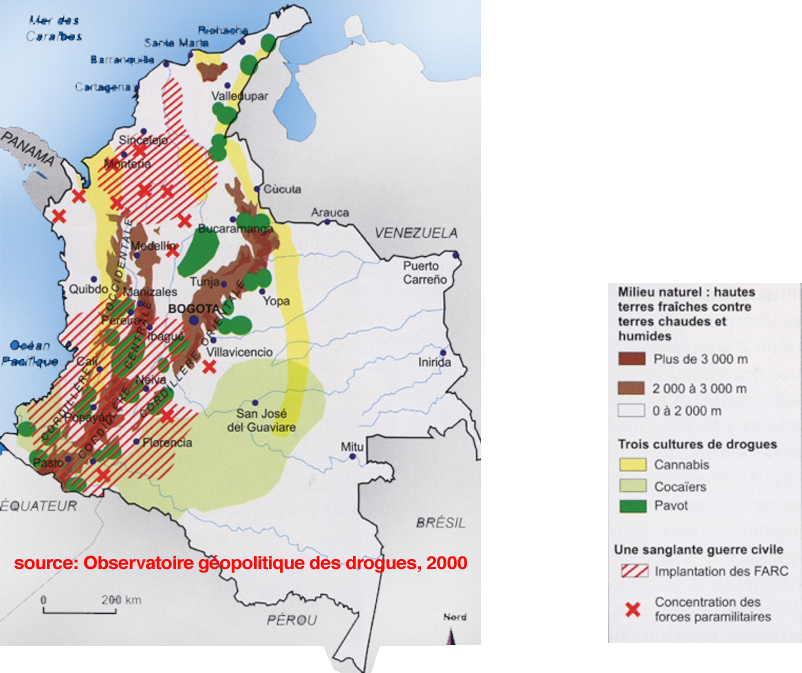

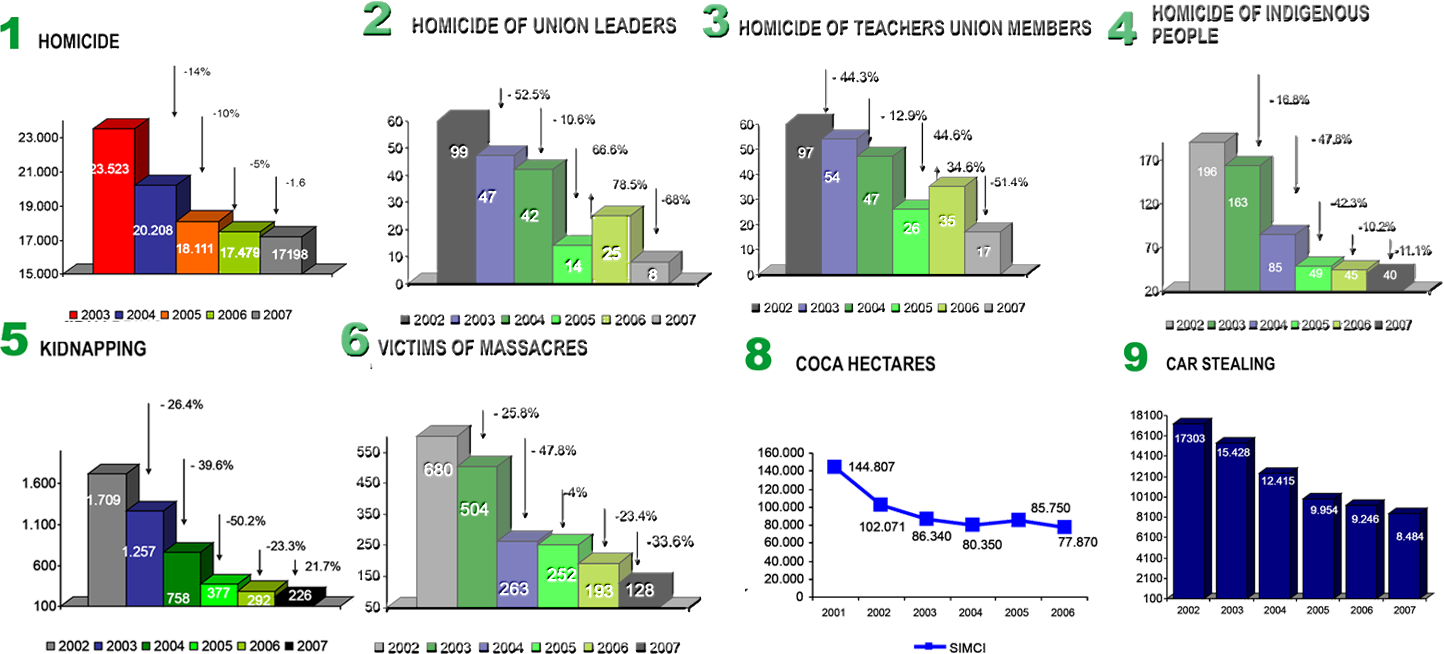


/>
Colombia: hasta la violencia siempre



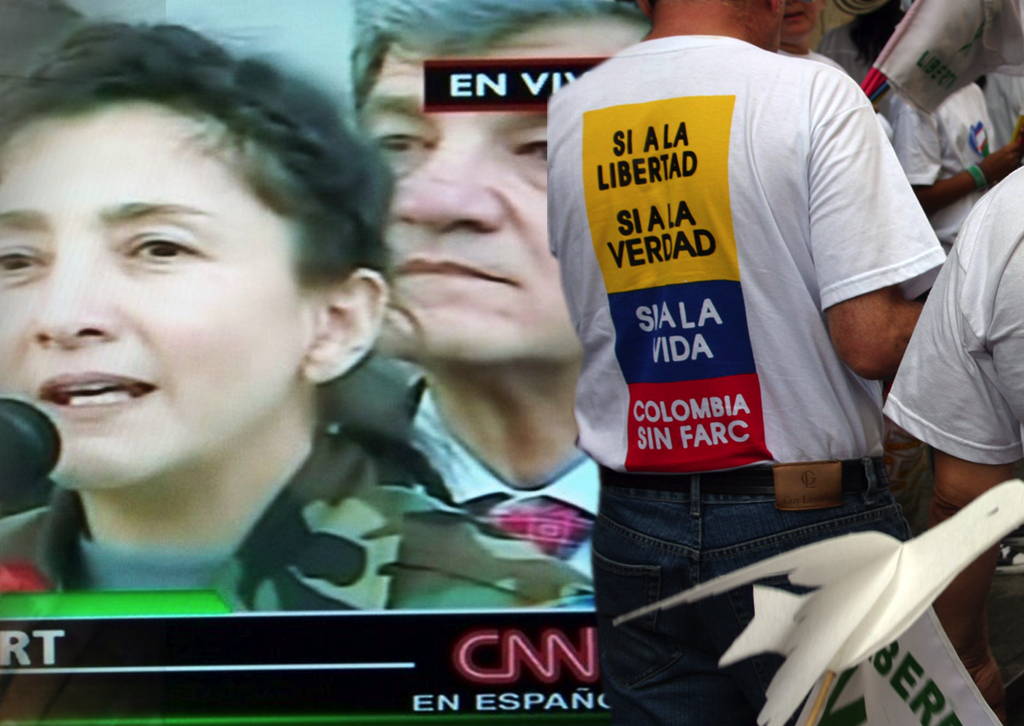




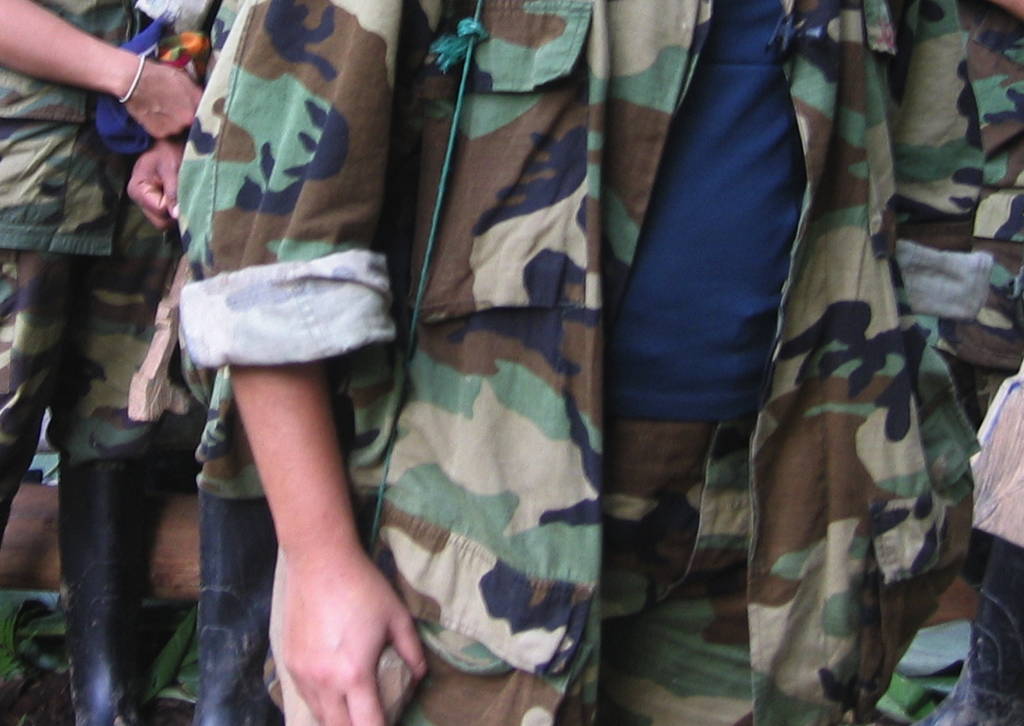
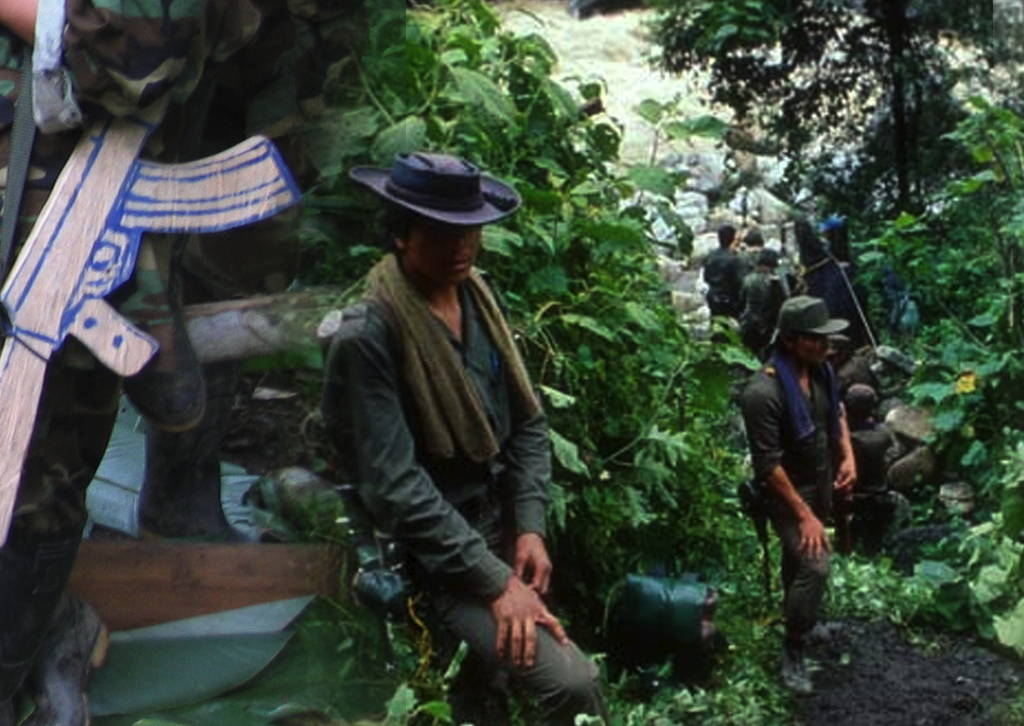





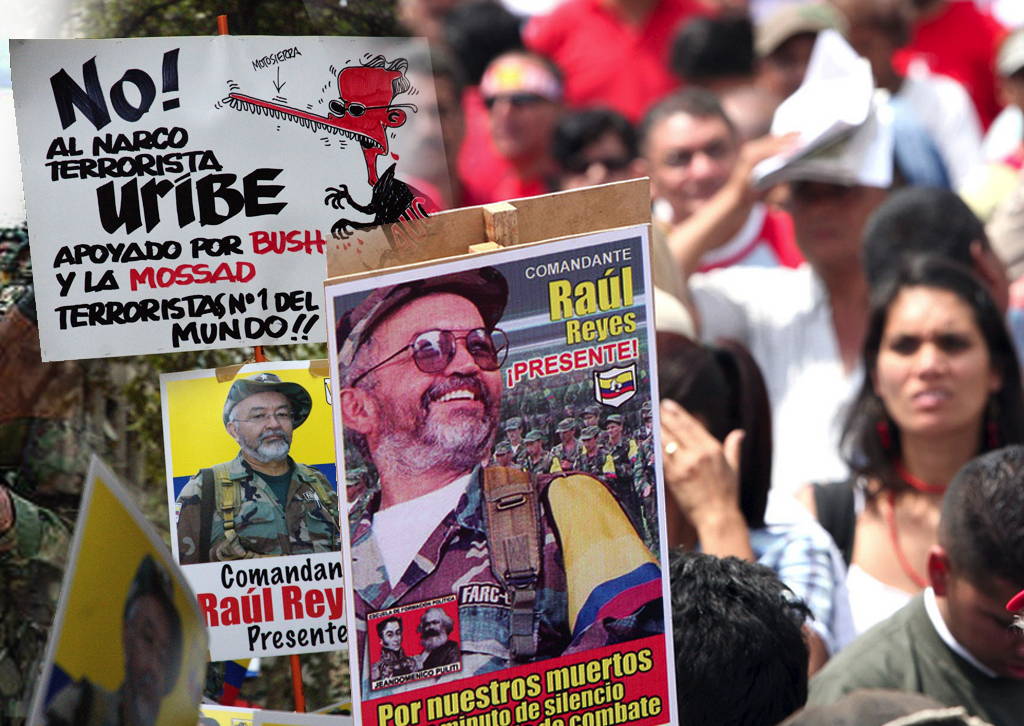


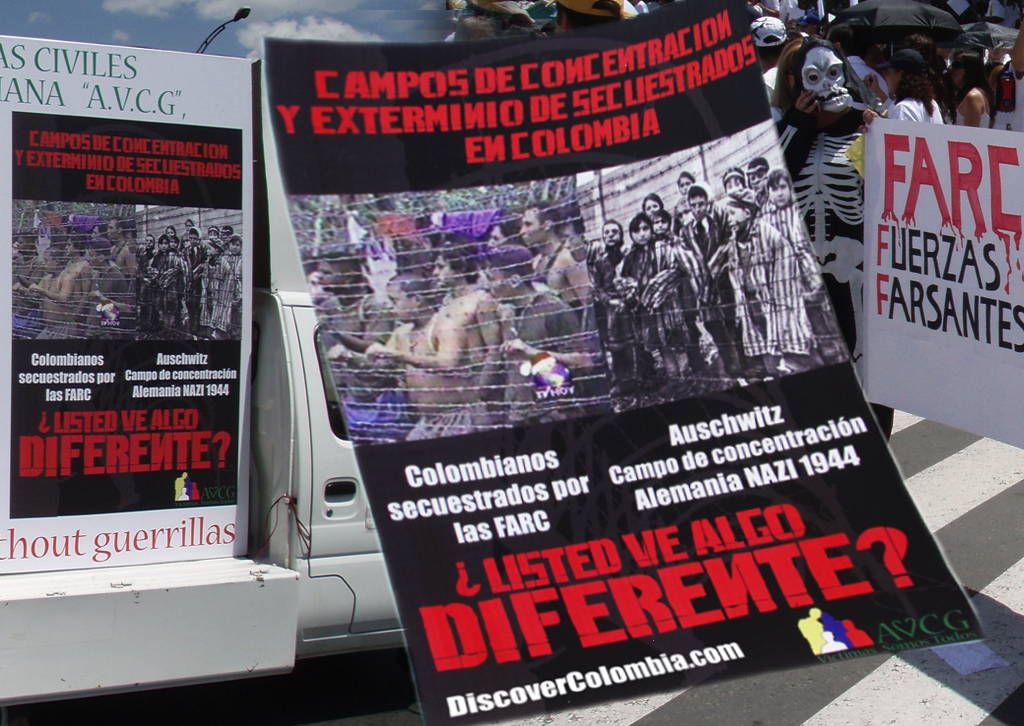


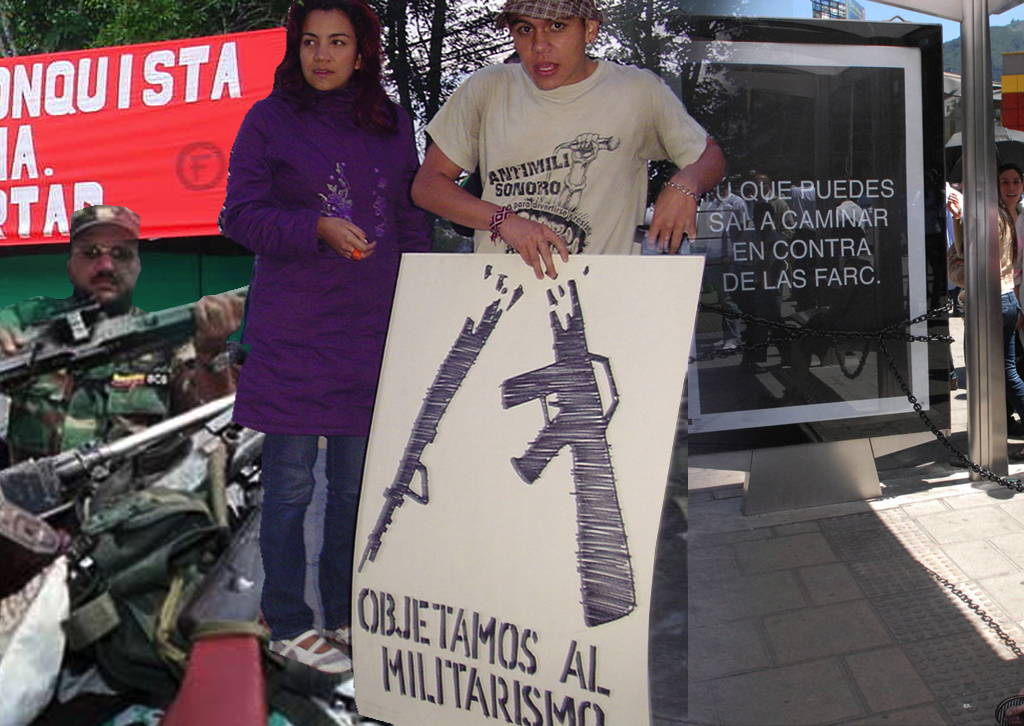



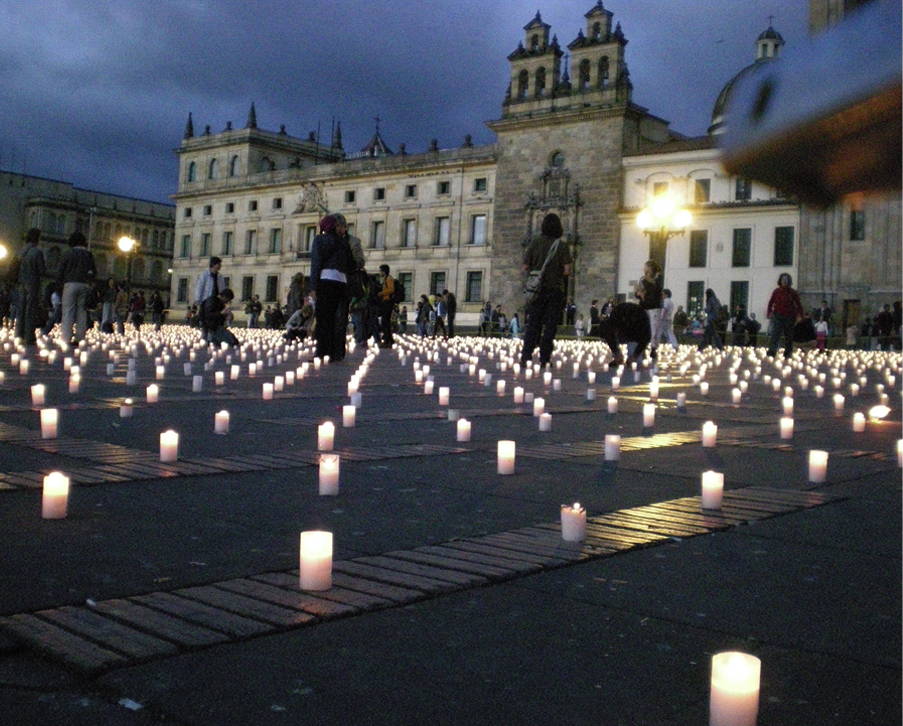


























![Decline in Number of Kidnappings :: Published in BACK FROM THE BRINK: Evaluating Progress in Colombia, 1999-2007 by <strong>Peter DeShazo, Tanya Primiani, and Phillip McLean</strong> for The Center for Strategic and International Studies <strong>CSIS</strong> (Washingto)<br><br>Illegal armed groups and powerful drug gangs continue to challenge the rule of law in parts of the country. The presence of these violent elements fuels other problems: crime, human rights abuses, poverty, and a weakening of governance. Indeed, during the 1990s, a confluence of highly negative factors threatened to drag the country down. Taken out of context, these challenges might be seen as nearly insurmountable. In fact, however, Colombia's situation in 2007 represents a major improvement over that earlier period.<br><br>Check the website <strong>csisbookstore.org</strong> for a full description of this book.<br><br>Click image to open a new window with this link<br><br><small>[ref. AMSscrp:2008:08:25:001210:33]</small>](images/l_01.png)
![“Everybody is worried about the abductees of the FARC, but nobody remembers them (those kidnapped by the ELN), no one gets upset about them. It is as if nothing happened” says the director of the NGO 'Pais Libre' (<strong>paislibre.org</strong>) in an interview for a Colombian web-site (<strong>colombiareports.com</strong>) on June 27th, a few days before the release of the FARC hostages became world news.<br>The 'Pais Libre' Foundation has its base in Bogotá and exists since 1991, founded by citizens in response to hostages held by the narcotica Czar Pablo Escobar. They research kidnappings and extorsion tby taking hostages, and also assist the victims and their personal circles. The link given here wil download the PDF file of the report “Estadistas secuestro a Septiembre 2007 comparativo”<br><br>The statistic shown here compares three 'classes' of kidnapping: as a means for extorsion: as a way of abduction; and the ones that are still under investigation to be properly qualified. 'Sequestro' is locally called “a Colombian industry.”
<br><br>Click image to open a new window with this link<br><br><small>[ref. AMSscrp:2008:08:25:001210:35]</small>](images/l_02.png)
![Kidnapping by Perpetrators 1994 - 2008 :: Another statistical overview from a September 2007 report by The <strong>Pais Libre Foundation</strong> a NGO based in Bogotá comparing the different perpetrators of kidnapping/hostage taking: dark blue = FARC guerrilla ; light purple = ELN guerrilla ; light blue = Common criminals; deep purple = Paramilitary groups; yellow = Non-established forms of kidnapping. This is a direct link to that report in PDF format.<br><br>Click image to open a new window with this link<br><br><small>[ref. AMSscrp:2008:08:25:001210:34]</small>](images/l_03.png)
![The Colombian Conflict Where is it Heading? (2005) :: <strong>Restrepo, Jorge A.</strong> ; <strong>Spagat, Michael </strong>; <strong>CERAC</strong>; of Javeriana University /CERAC and
Royal Holloway College-University of London. A series of slides for a lecture published also as a PDF file. CERAC maintains a database on the Colombian conflict, 1988 -June 2005., a dataset with more than 21.000 events, including only clear conflict events, that have had a military effect:<br><br>“Roughly half of all guerrilla attacks, including infrastructure attacks and attacks on means of transport, seem aimed mainly at disrupting the economy. This suggests that the guerrillas are not, as is often suggested, just interested in getting rich off drugs. They really do seem to aim for political power, local power in the short run and national power in the long run. Bombings are important because they account for most civilian injuries in the conflict. Massacres, killing at least four defenseless people in one event, have high impact but are a small fraction of all guerrilla attacks.”<br><br>The link given is a similar report concluding: “The data argue that policy should focus on three costly circumstances in the Colombian conflict: massacres by right-wing paramilitaries in rural areas, massacres by left-wing guerrillas in rural areas, and guerrilla bombings in both the biggest urban areas and rural areas.”<br><br>I have added two emblematic 'artistic' pcitures on top of these military portfolios ...<br><br>Click image to open a new window with this link<br><br><small>[ref. AMSscrp:2008:08:25:001210:38]</small>](images/l_04.png)
![Searching for data on violence :: A few decades ago the amount and the detailing of information available in a Western European country about a place in the world on another continent - with the exception of the USA - would be severely limited. To keep abreast of something like the number of violence victims in Columbia needed a specialist with a specialized library at hand and possibilities to travel to the focus of his/her subject. Events selected by international press agencies would come through on a daily basis, but their effect would soon fade away. <br> Opportunities to be informed have changed dramatically in the last decade through the capacity and mobility of electronic data systems. This does not mean that all the data available can easily be found. Billiards of web pages, electronic documents and even whole databases are on-line, that does not mean we can find what we are looking for. As big libraries developed on-line catalogues and so many of them were created that a next level of information, the electronic catalogue of catalogues a 'Catalogus Catalogorum' - like <strong>worldcat.org</strong> - was needed, electronic data managers established a 'metadata' system, supplying information about information. <br> It is by navigating through such layers of metadata and combining these with regular Google searches, that the information sources used in this web page on Colombian violence have been found. This diagram shows the dynamics of such new information systems ...<br><br>Click image to open a new window with this link<br><br><small>[ref. AMSscrp:2008:08:22:001209:32]</small>](images/l_05.png)

![Statistical panorama comparing violence in the Americas :: Already after a brief study of Colombian history - starting from the end of the 19th century - it becomes clear that it is a violent one. After the secession from the Spanish empire the country has had more periods of internal war and strive than of peace. Total estimates run into half a million of deaths from the Comunero Revolt in 1781 till today. <br> While reading about Colombia the question rose “but how does this compare with other countries in the Americas?” and that answer is not readily found. Then I found the Global Terrorism Database which allows outsiders to download the data and use it for their own research. The time period is limited, 27 years, from 1970 tot 1997, but still it seemed a worthwhile exercise to me. <br><br> Total number of terrorism events is 56.064 (124.297 deaths); total amount of events in all the Americas is 24.702 (deaths 55.503); Colombia has a total of 5.304 terrorist events (deaths 10.084). The exactness of the numbers can of course not be true and the classification schemes used for the data can be debated, but it gives us at least some form of comparative insight in the scale of violence. In 2007 I made a similar research and visualization of macro violence in the Middle East over a longer period 1894 - 2007 (between three and four million death); here is the link ...<br><br>Click image to open a new window with this link<br><br><small>[ref. AMSscrp:2008:08:25:001210:39]</small>](images/l_07.png)








